Unexpected effect of “public good” mutants in a pathogen population
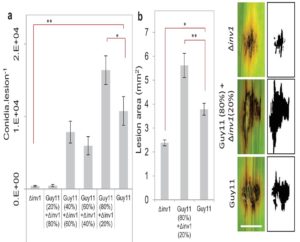 Disease-causing organisms attack as a population of diverse individuals. Is it possible to reduce the virulence of this population by introducing less-virulent individuals? Some studies have shown such an effect; as an example, application of low-virulence strains of Aspergillus flavus can protect crops by competing with virulent, toxin-producing strains. Lindsay et al. explore this question further, focusing on the interaction between rice and the rice blast fungus Magnaporthe oryzae. In this study, they introduced a less virulent “public good” mutant (a mutant that fails to contribute to the overall well-being of the population), and found, contrary to expectations, that the overall population became more virulent. The authors conclude that disease suppression efforts must include considerations of the social interactions of the pathogens. eLIFE 10.7554/eLife.18678
Disease-causing organisms attack as a population of diverse individuals. Is it possible to reduce the virulence of this population by introducing less-virulent individuals? Some studies have shown such an effect; as an example, application of low-virulence strains of Aspergillus flavus can protect crops by competing with virulent, toxin-producing strains. Lindsay et al. explore this question further, focusing on the interaction between rice and the rice blast fungus Magnaporthe oryzae. In this study, they introduced a less virulent “public good” mutant (a mutant that fails to contribute to the overall well-being of the population), and found, contrary to expectations, that the overall population became more virulent. The authors conclude that disease suppression efforts must include considerations of the social interactions of the pathogens. eLIFE 10.7554/eLife.18678


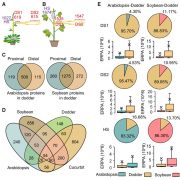
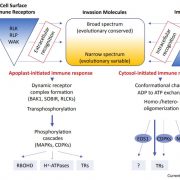
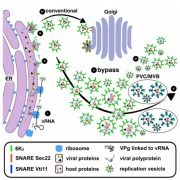

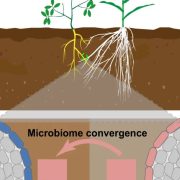
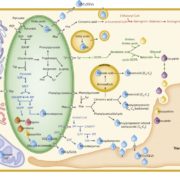


Leave a Reply
Want to join the discussion?Feel free to contribute!